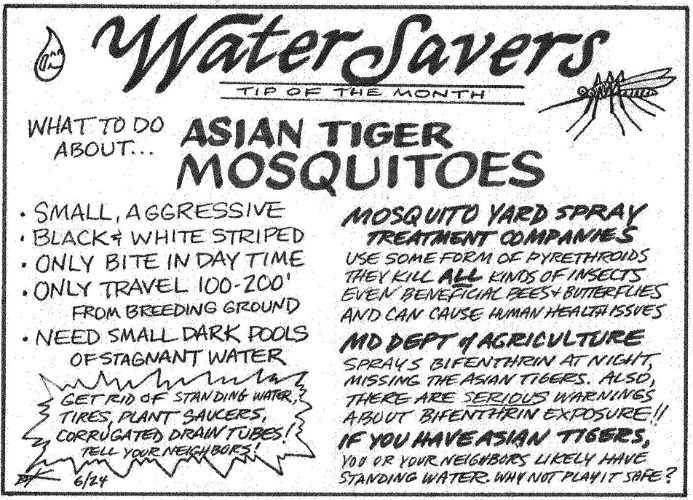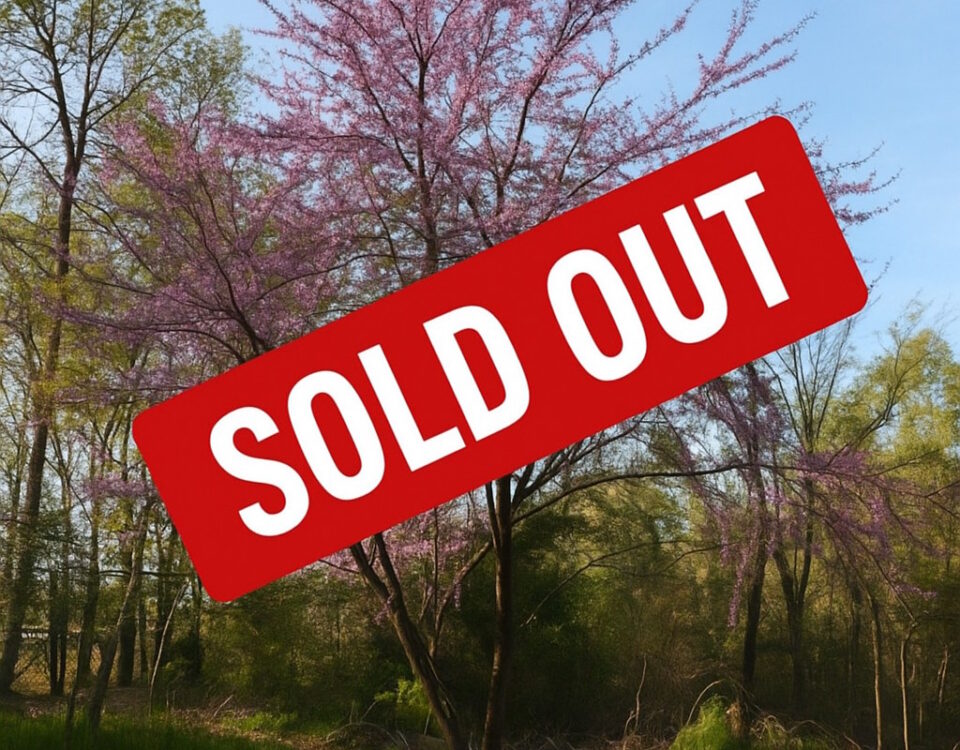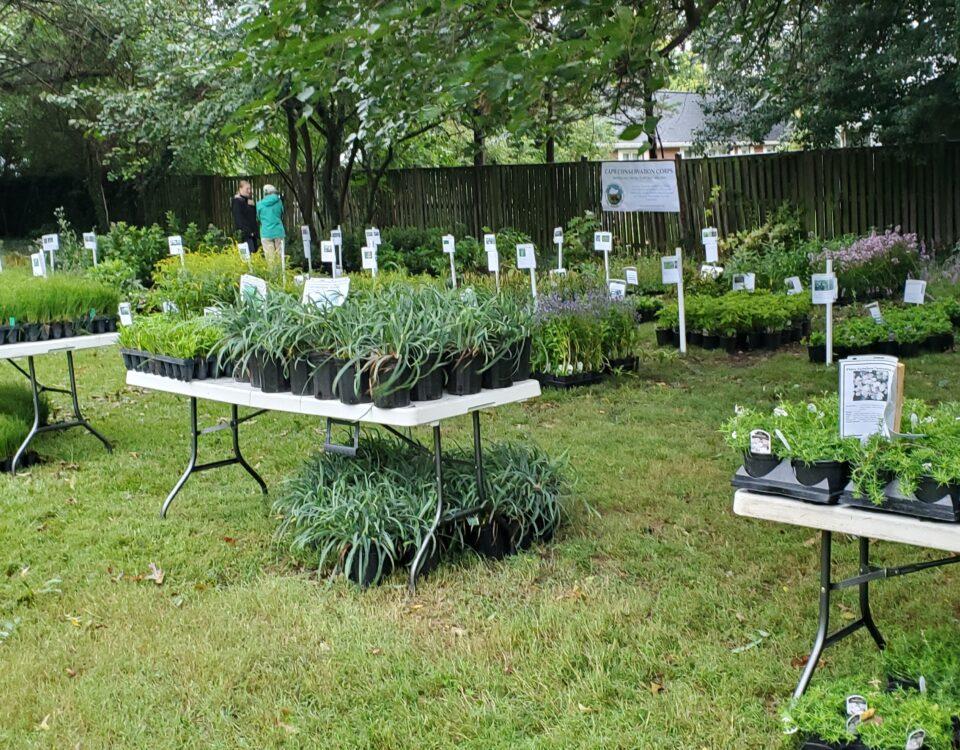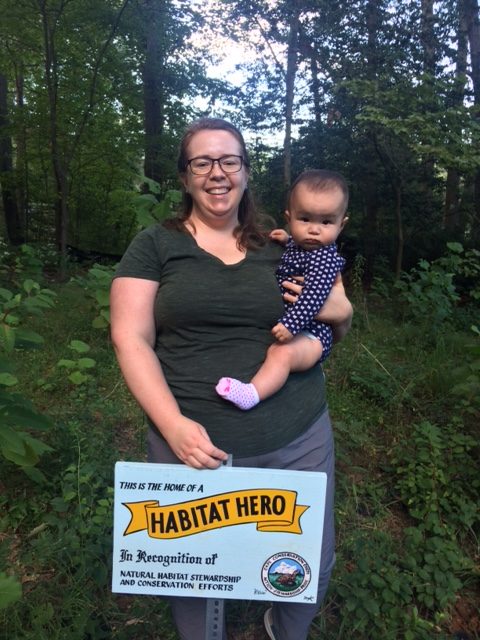
Habitat Hero – September 2018
September 20, 2018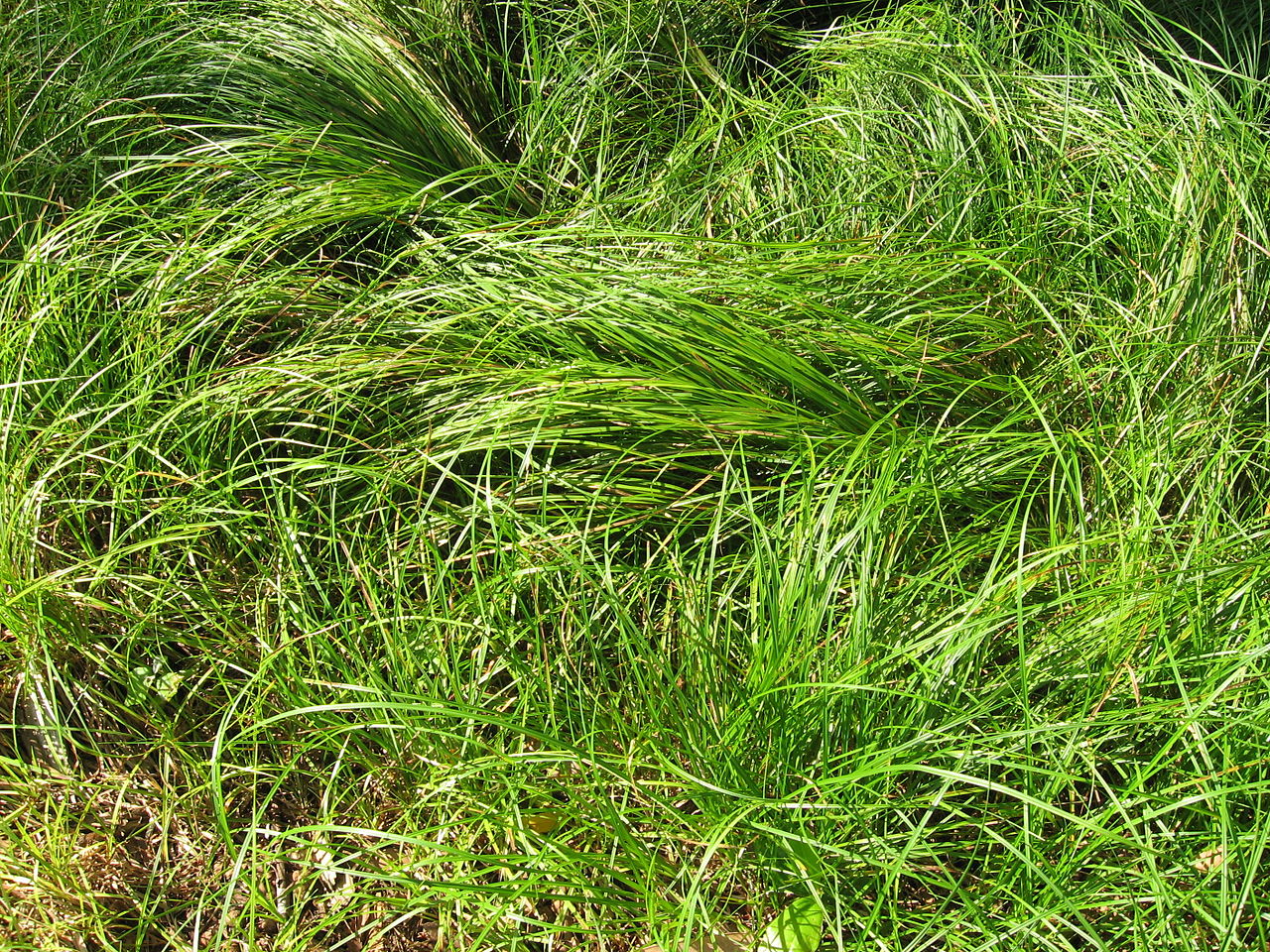
A Carex for Every Condition
November 20, 2018By: Stacey Wildberger
As I looked around at the Cape Conservation Corps Plant Fest last month, I saw the colorful, late blooming, and pollinator plants head out first. The goldenrods, asters, turtle head and of course the milkweed because by now everyone knows the important role they play for monarch butterflies-their only larval host plant. The fall blooming perennials are just as important to fuel the monarchs for their fall migration. But I also noticed that the grasses were left behind. It started me thinking that many people are not aware of all of the benefits native grasses have to offer. They do not have the same pizzazz sitting on the table as the aforementioned blooming perennials, and sometimes they are cut back so their full beauty is often hidden. They sit there-waiting for someone to discover their unique qualities.
Let’s take a look at what benefits native grasses can offer to your landscape. Because they are native they are well adapted to our climate conditions. They are attuned to our climate, moisture, diseases and pests. Therefore they perform well in these conditions. Being well suited to the environment allows them to remain low maintenance, to decrease their dependence on water, and to eliminate the need to use fertilizer because they typically thrive in poor soil conditions.
Grasses also have high wildlife value. Many native butterflies depend on our native grasses to lay their eggs as a larval host plant. Many of the often overlooked skipper butterflies are threatened with habitat loss. The grasses provide a place for larvae (caterpillars) to build a shelter at the base of the plant by weaving blades of grass together, providing for both their food and shelter needs. The seeds of the grasses provide food for many birds and small mammals. Birds also use parts of the grasses as nesting material.
Another important benefit of native grasses is erosion control. Their dense root systems with small fibers loosen and hold soil, allowing stabilization of slopes during sudden downpours and windstorms which prevents loss of soil and controls erosion. Native grasses roots run deep, typically 3-5’ and as much as 15’. The roots die and regenerate adding rich organic material to the soil and recycling nutrients. By absorbing and filtering water they help to control erosion. Their fibrous nature can also choke out weeds and control weeds- an added bonus!
One of my favorite quotes by author Benjamin Vogt is “re-think pretty”. This adage can be applied to my final native grass benefit-aesthetics. There is no question in my mind that grasses lend a beauty to landscapes from the textures, colors, sights and sounds to the internal beauty they provide for ecosystem around them. Grasses create motion in the garden as they gently rustle in the background. They can invoke all of our senses from the vivid eye catching autumn colors on display in the golden seed heads of Indian grass, and the fragrant scent of prairie drop-seed, ranging from licorice to buttered popcorn. The texture we feel and experience with our hand and eye is unique to grasses. And who doesn’t love the whisper of the grasses in a warm summer breeze? Grasses provide year round interest in your landscape; something for your eye to rest on in the dead of winter, seeing the snow highlighting the long forgotten seed head. They also improve the aesthetics around you. Their quick growing nature allows them to be used as privacy between neighbors, around patios, in high traffic areas and around unsightly equipment (HVAC), or even define an outdoor space. While all of these are important attributes, their contributions to the ecosystem are by far the prettiest thing about them.
So, let’s talk about some specific native grasses and their unique characteristics that make them a must have in your own landscapes.
Little blue-stem
Schizachyrium scoparium Little blue-stem is a warm season grass with stunning blue-green foliage turning to rose gold, red or maroon for a splendid fall display. It grows best in full sun, well drained poor soil. A common cultivar ‘standing g ovation’ can stand upright through the winter snow.
Prairie dropseed
Sporobolus heterolepis Prairie dropseed creates a fountain like effect with its fine textured slender blades. The fall colors are a show stopping yellow to bronze that will stand out in a dreary backdrop. The name drop-seed comes from its tendency to drop little round hard seeds when it is done blooming-which are gobbled up by songbirds.
Indian grass
Sorghastrum nutans Indian grass is a striking grass that can grow 5-7’. It thrives in full sun and is adaptable to a variety of soil conditions. The golden seed heads of autumn not only provide a beautiful sight for our eye but they double as an attractive food source for birds.
Switchgrass
Panicum virgatum Switchgrass is another warm season clump forming grass. It features an open, lacy spray of small seeds. The straight species stands up to 6’ tall but there are many cultivars that would fit into a garden setting Switchgrass offers a variety of year round interest from the reddish purple seed head to pale yellow of fall blades lasting into winter. Seeds are consumed by song and game birds, and it provides cover and nesting material for birds and is the host plant for most banded skippers and satyrs.
Carex Sedges are the final native grass I’ll touch briefly on. They are a very large group of grasses that I could write a whole article on. There is virtually a Carex for type of soil, moisture, light condition you can have. A few of my favorites are C. pensylvanica , C. albicans, C. appalachica and C. amphibola. There are just too many to list. Stay tuned for Native Carexes!!
I urge you to consider using these and many of the other wonderful native grasses in your landscapes. The benefits to the ecosystem are immeasurable as we must remember who we are gardening for. And their beauty to our eye is a bonus as their true beauty is reaped for the flora and fauna around them. Re-think pretty.





